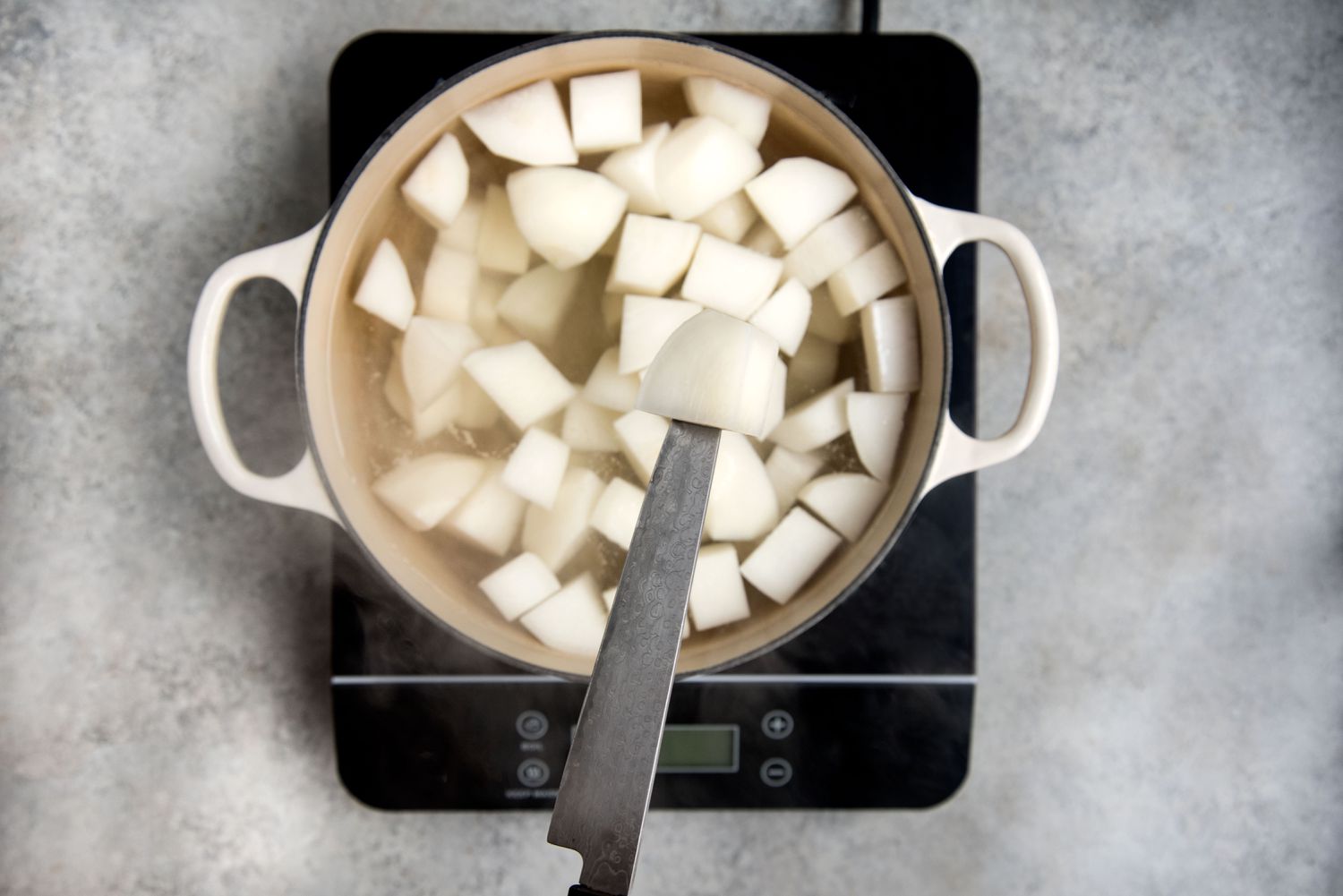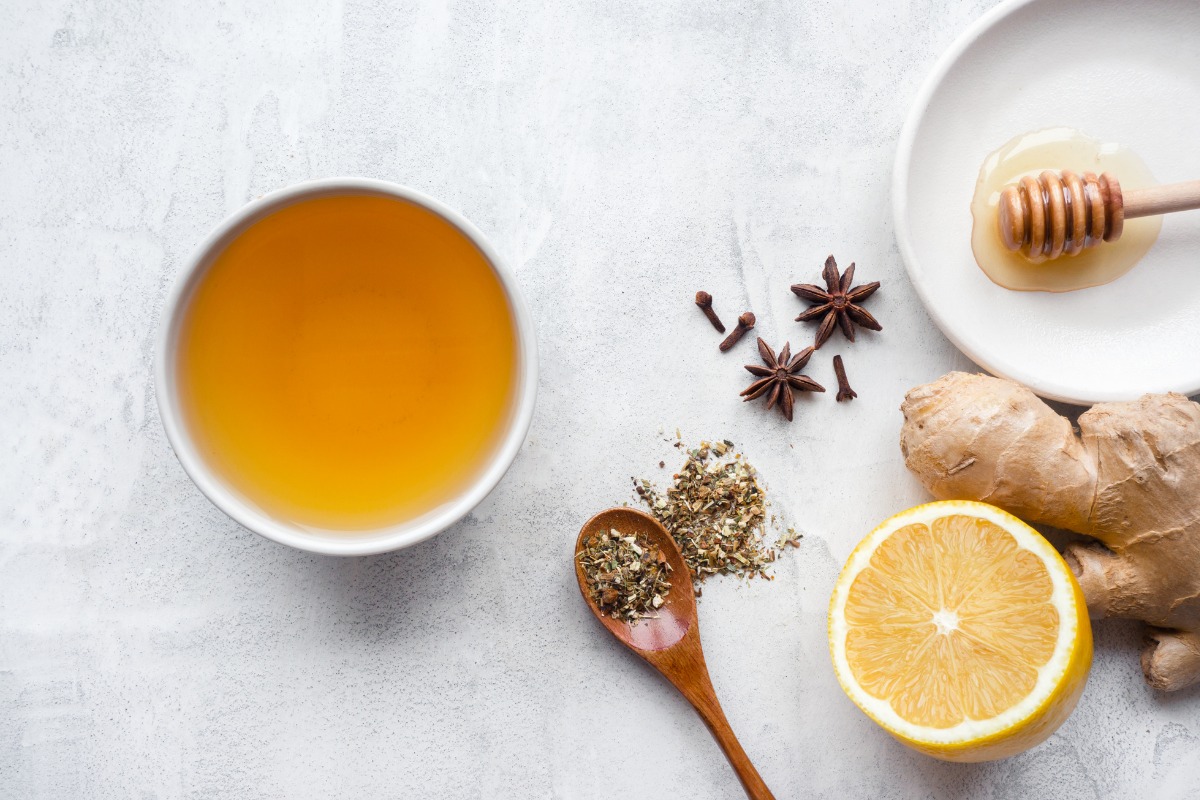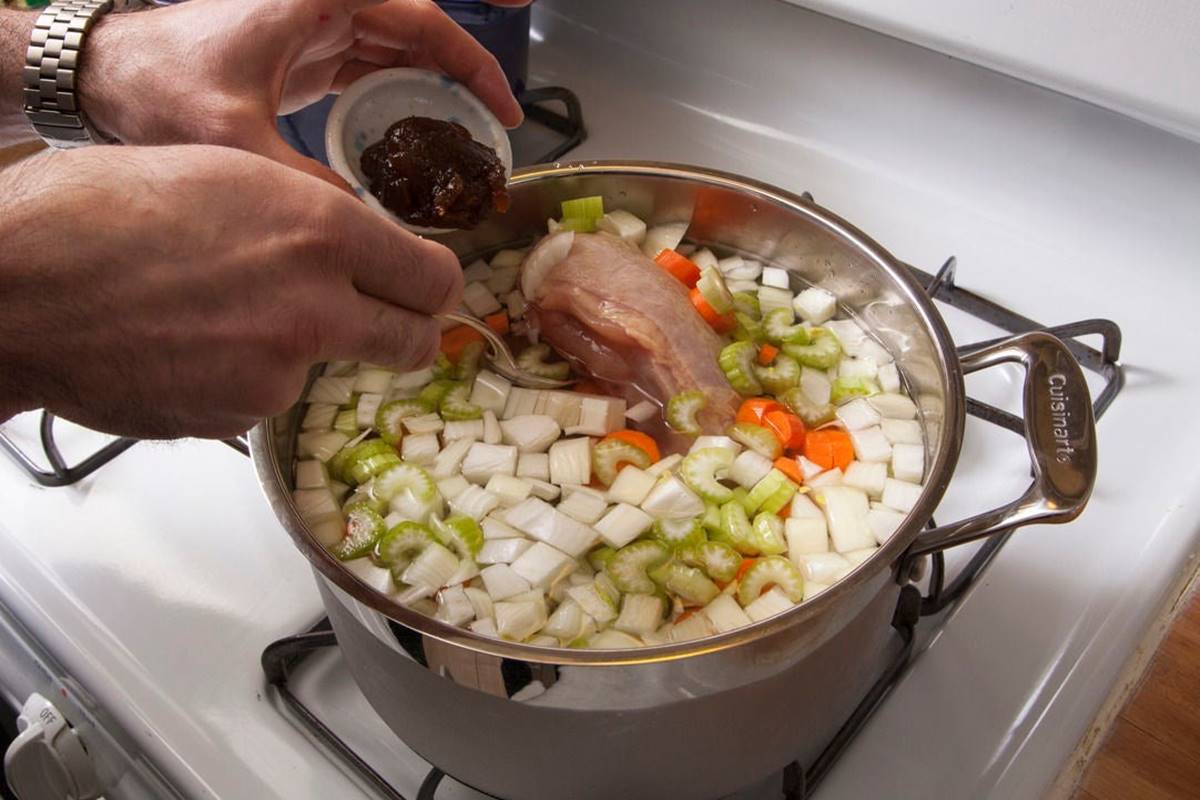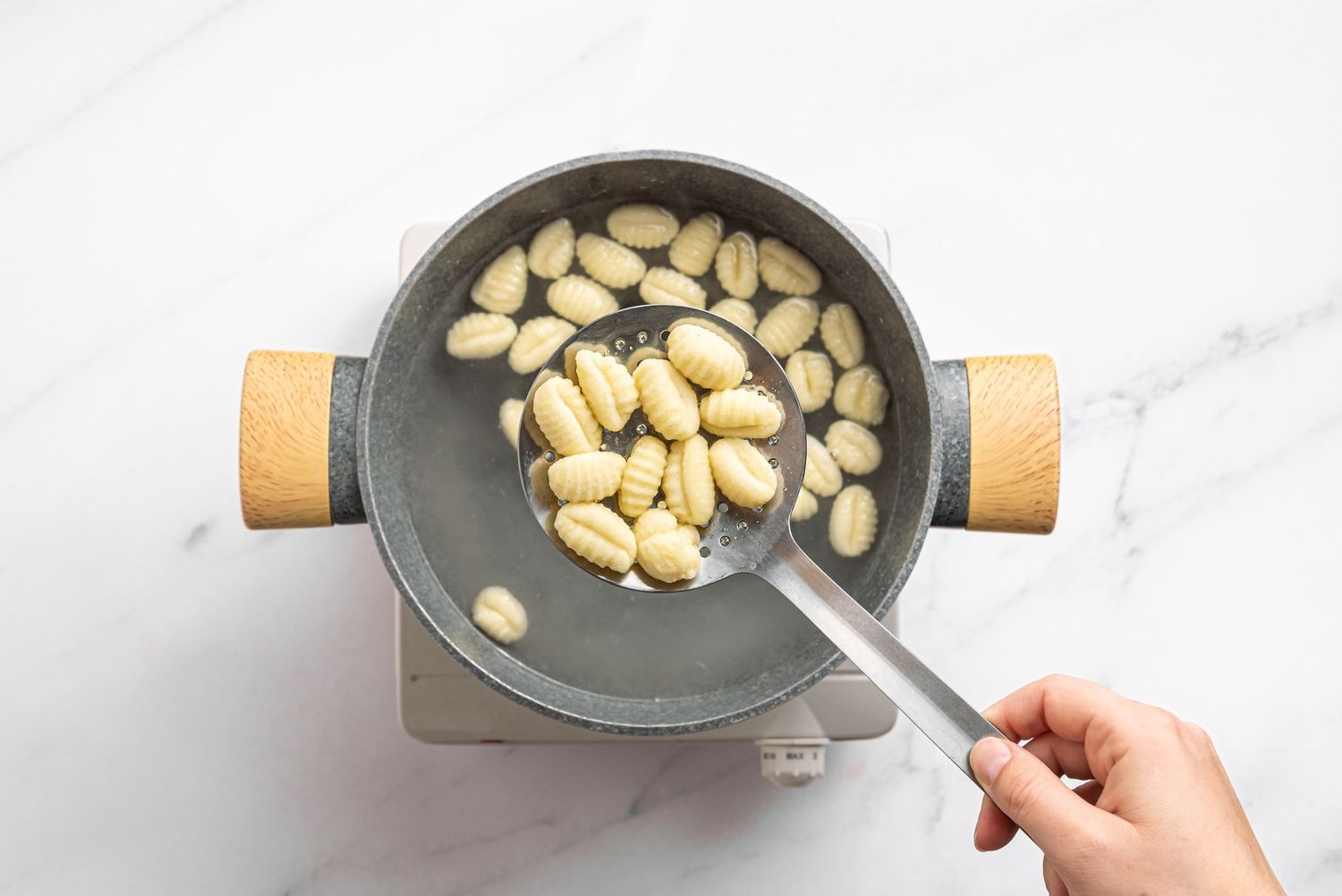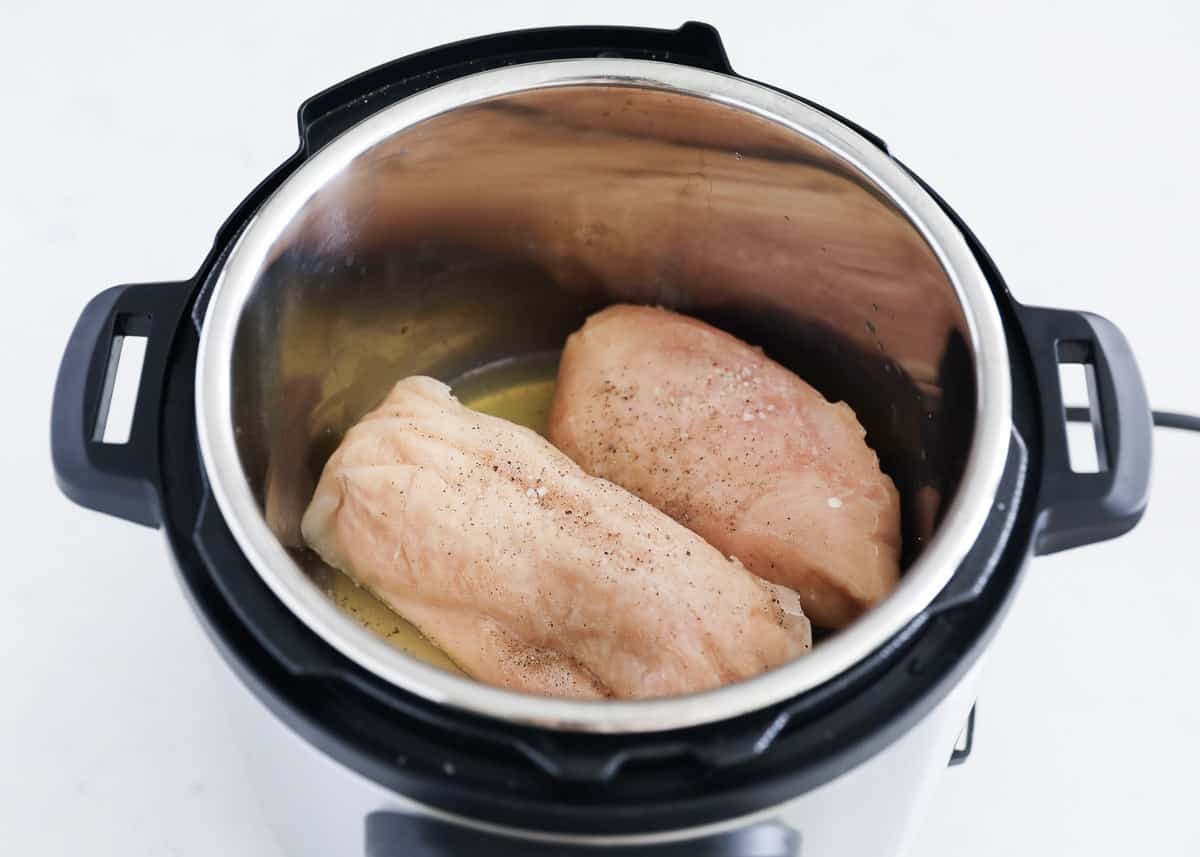How To Boil Tomatoes
If you’re looking to bring out the juiciness and enhance the flavor of tomatoes, boiling can be a great cooking method to try. Whether you’re planning to use them in a sauce, soup, or salsa, boiling tomatoes is a simple and efficient way to soften them and make them easier to peel. In this blog post, we’ll guide you through the step-by-step process of boiling tomatoes, so you can enjoy their vibrant taste in your favorite recipes. Let’s get started!
What You’ll Need:
- Fresh tomatoes
- A large pot
- Water
- A slotted spoon
- A bowl of ice water
Step 1: Prepare the Tomatoes
Start by selecting ripe, firm tomatoes. Rinse them under cold water to remove any dirt or impurities. Then, using a sharp knife, score a small “X” on the bottom of each tomato. This will help the skin to peel off easily later on.
Step 2: Boiling the Tomatoes
Fill a large pot with water, leaving enough room for the tomatoes. Bring the water to a rolling boil over high heat. Once the water reaches a boiling point, carefully drop the tomatoes into the pot using a slotted spoon. Make sure not to overcrowd the pot.
Step 3: Cook the Tomatoes
Allow the tomatoes to boil for about 1 to 2 minutes or until you notice the skins starting to loosen. Keep an eye on them, as the exact time may vary depending on the size and ripeness of the tomatoes.
Step 4: Ice Bath
Using the slotted spoon, transfer the boiled tomatoes from the pot and immediately place them into a bowl of ice water. This will stop the cooking process and help cool them down quickly.
Step 5: Peel and Use
After a few minutes in the ice water, you can remove the tomatoes and gently peel off the skin. The “X” you made earlier will make this process much easier. Once peeled, the tomatoes are ready to be used in your preferred recipe. You can chop, blend, or crush them, depending on your desired consistency.
Boiled tomatoes are ideal for making sauces, soups, stews, or even adding them to salads. When using them in recipes, remember to drain any excess liquid to control the consistency of your dish.
Now that you’ve learned how to boil tomatoes, you can enjoy their vibrant flavor in a variety of dishes. Experiment with different seasonings, herbs, and spices to create your own unique tomato-based recipes. Happy cooking!
More Delicious Tomato Recipes to Try
Now that you've mastered the art of boiling tomatoes, a world of culinary possibilities opens up. Try your hand at the Tomato and Mozzarella Caprese Salad Recipe for a refreshing, simple dish, or explore the depths of flavor in the Spicy Tomato and Lentil Soup Recipe. For a classic touch, the Classic Marinara Sauce Recipe is invaluable in any chef's repertoire. If you're feeling adventurous, the Chilled Gazpacho Recipe offers a delightful twist on traditional uses of tomatoes. We highly recommend the Homemade Tomato Salsa Recipe for its versatility and crowd-pleasing qualities. Each recipe offers a unique way to utilize your new skills in the kitchen, enhancing your meals with the fresh taste of boiled tomatoes.
Was this page helpful?
Read Next: How To Boil Mussels
